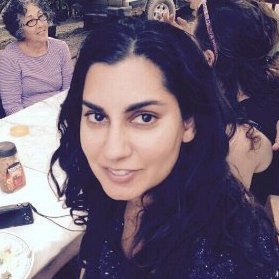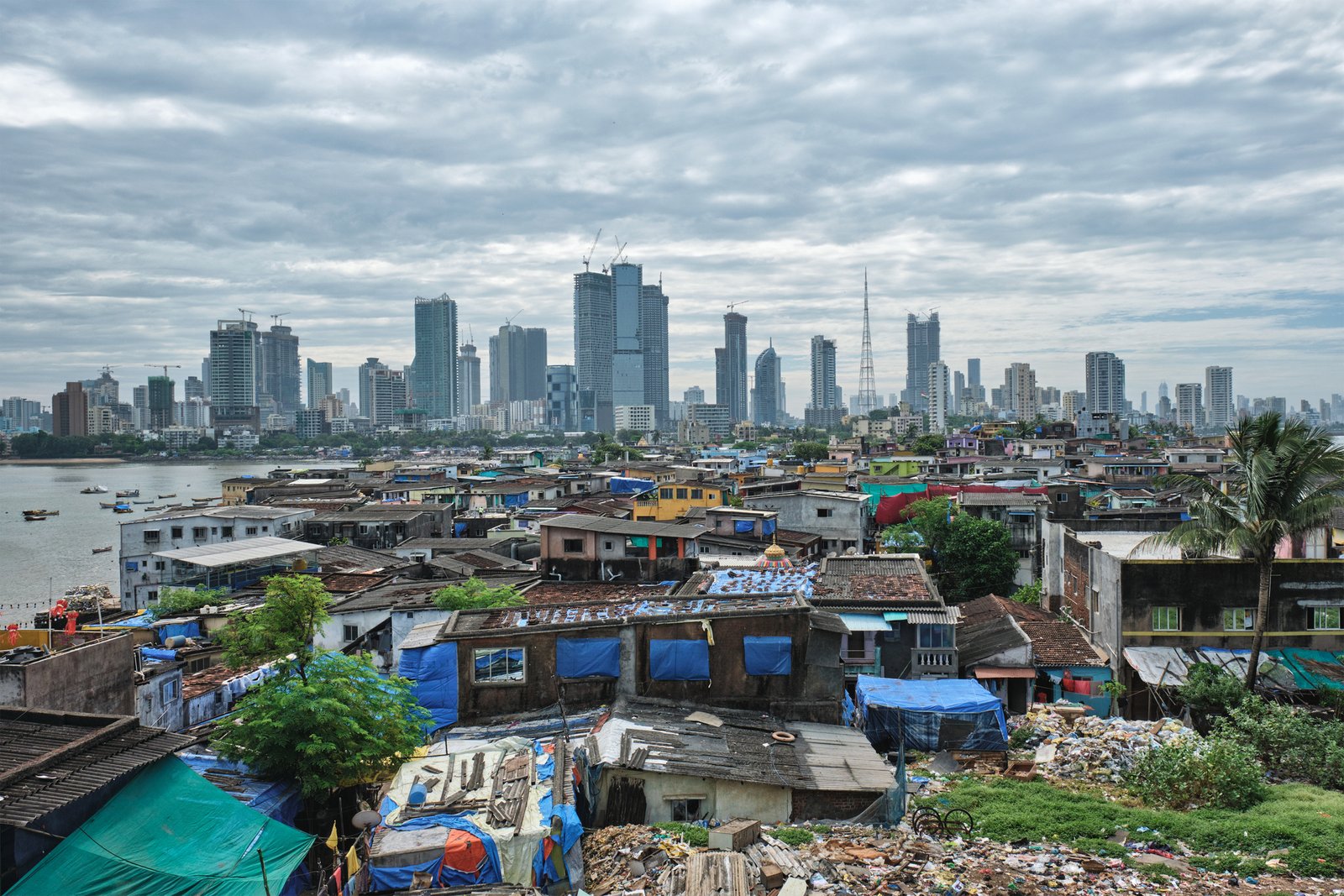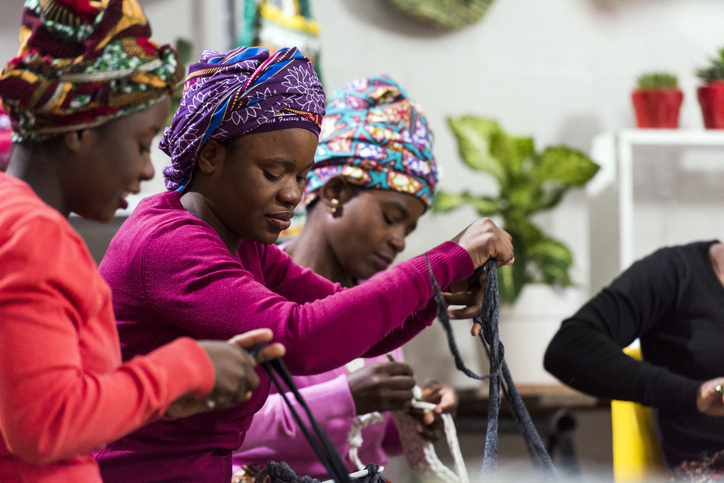Over a million Rohingya refugees are living in Bangladesh. Some have been there for 40 years since the first major influx in 1978; many more have recently fled violence and persecution in Myanmar. This column describes the dire circumstances in which these people are trapped, dependent on often inadequate food aid and without access to the fish of their traditional diets. In particular, the author highlights the vulnerability of Rohingya women and girls.
In May 2017, I asked people living in Rohingya refugee camps in Bangladesh a simple question: What is the one food you miss the most?
Each time I got the same answer: Fish. Fried fish, dried fish, fish curry, stewed fish, little fish, big fish. Everyone seemed to miss fish, no matter if they had been in the camps for four days or four decades.
‘We are fishers, we ate fish every day if we could’, said a wiry elder man, squatting in front of his hut of low-slung bamboo poles and a blue plastic tarp with ‘UNHCR’ [United Nations High Commissioner for Refugees] printed on it. ‘We are real fishermen.’ He was surrounded by two dozen lean young men and boys, all new arrivals fleeing violence and persecution in neighboring Rakhine State, Myanmar.
Nine months later, I asked the same question to the new influx of Rohingya, setting up bamboo and plastic huts in the now mega-camp of Balukhali in February 2018. Same answer: We want fish.
Women told me they missed growing little fish in ponds. Men said they missed sea fishing in their wooden boats. Children said they missed fish – and almost any other kind of food too.
Food was scarce in May 2017, when 500,000 stateless Rohingya lived in Bangladesh with little attention from NGOs or the international community, largely dependent on an impoverished host community to provide food and occasional day labor. Fish and other types of nutritious food aid are even scarcer now that more than 700,000 Rohingya—mostly women and children—have fled gruesome, state-sponsored violence, including systemic rape, in neighboring Myanmar, crossing into Bangladesh by land, sea, and river since late August 2017.
Although Bangladesh is often described as ‘the land of rice and fish’, it isn’t for Rohingya refugees dependent on food aid of rice and lentils. Fish is the most commonly consumed animal protein and micronutrient source for the global poor, and is a large part of the regional diet. Bangladeshis eat almost 20 kilos of fish per person annually, regardless of socio-economic status, according to WorldFish Bangladesh, an international NGO.
Rohingya families have a similar diet in their homeland of Myanmar, but for refugees sheltering in the coastal area of Cox’s Bazar, fish is a luxury item. Long-term camp residents, some of whom have lived there since the first major influx from Myanmar in 1978, are not legally permitted to work in Bangladesh, to own land, or even to travel freely outside the camps. They are what is known in migration research as a ‘trapped’ or ‘immobile’ population. As a consequence, they must depend on food aid, which currently does not include fish.
Rohingya requests for fish are not new. In 2002, Doctors Without Borders surveyed refugees in two camps, and food insecurity topped the list of concerns, with fish being a repeated request. Surveys published in November 2017 by Internews show that the majority of Rohingya respondents again note food security as their main concern in the camps (Internews, 2017). Over the years, thousands of Rohingya lives have been lost to starvation and malnutrition, with women and children suffering disproportionately, especially when food aid is withheld or blocked by the Bangladeshi or Myanmar government.
Only about 34,000 ‘official’ Rohingya refugees who arrived before 1992 have been receiving regular food aid vouchers and protection from UNHCR. The hundreds of thousands who have arrived in recent years haven’t had regular access to food aid. Among those who do receive regular food rations, almost half sell or trade them to diversify their diets, buy non-food items, or repay debts.
What will become of the more than one million Rohingya living today in Bangladesh? Will they be provided with adequate, consistent food aid? Will they be allowed to work legally, be given mobility rights within Bangladesh, or allowed to produce their own food? Will they be resettled in countries in the Global North? Or will they be sent back to Myanmar involuntarily? The lack of mobility means that the vulnerability of those in the camps is increasing, especially among women and children.
Refugees who don’t receive enough food rations (or who don’t get any food rations at all) were forced to seek illegal employment as day laborers, but now some (mostly men) can work for NGOs for a small daily wage. Women’s livelihood options are scarce, and women and girls who leave the camps to collect firewood for cooking or resale risk being assaulted or raped; and they must travel increasingly further away to find wood in the now-bare hills. Some Rohingya parents send their daughters, as young as 8 years old, to distant cities to work as live-in housemaids. The need for money to buy food to diversify their diets drives these risky behaviors (Adnan 2014).
Food security is not simply a question of calories; it also means nutritious, culturally appropriate food. For Rohingya, this means having regular access to fish and vegetables, but at present, people in the camps are not given fish, nor are they allowed to raise fish or leave the camps to fish along the coast. Some Rohingya currently buy fish from Bangladeshi fishermen, and sell it in the camps, but the prices are higher than market rates outside the camps and out of reach for many women or orphans with no cash.
In the camps I visited in 2017, rice distribution was uneven and sporadic, and many women said they were given no rations at all because they were not new arrivals. This creates hierarchies within the camps between those registered refugees who have full food rations, those with sporadic rice rations, and those who get neither. Currently, there are large amounts of rice, lentil, and oil distributions, but the lack of fish, vegetables and meat is notable.
My research focuses on the vulnerability of Rohingya women and girls in forced migration, particularly their access to food and food aid, and what this reveals about the humanity of ‘humanitarian’ aid, especially in protracted refugee situations.
In particular I focus on access to fish and fish production. NGOs like WorldFish are currently working with extremely poor women in Bangladesh. Can their best practices be extended to refugee Rohingya women? Could Rohingya women-headed households run small-scale aquaculture or fish-drying projects that would enable them to feed their families? Can a fish-drying project in a local host community serve Bangladeshi women as well as Rohingya women?
It is clear to me and to the Rohingya I have talked with that current food policies established by the Bangladeshi government and United Nations agencies are not getting appropriate food to those who need it most. More generally, knowing why certain policies around food, livelihood, and mobility are allowed or not is important for understanding the dynamics of humanitarian aid, as well as the relationships between host communities, sending countries, donor countries, and the refugees themselves.






